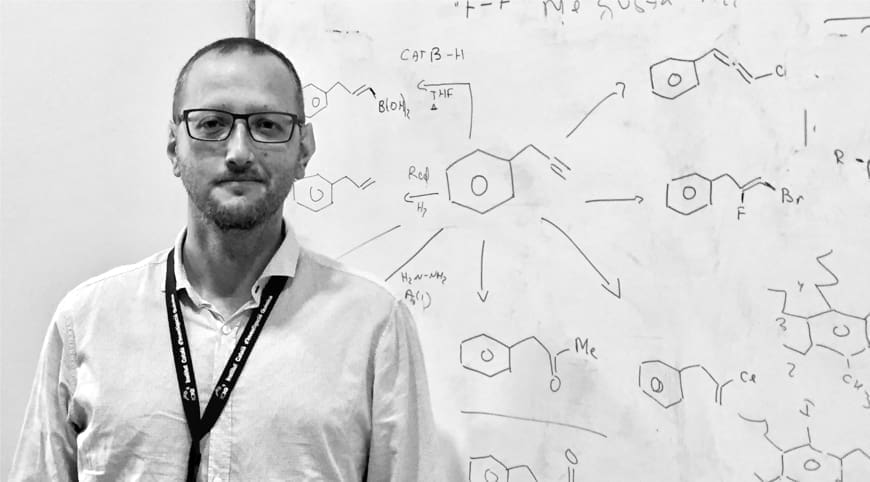Versatile IR spectroscopy combined with synchrotron XAS-XRD: Chemical, electronic and structural insights during thermal treatment of MOF materials
Understanding the physicochemical origin of functional materials generally requires multi-faceted information on their material characteristics investigated by various analytical methods. In this respect, simultaneous multi-probe approach to study materials by complementary methods is of great value, particularly to follow dynamically varying processes such as chemical and structural transformation under reactive environment. Herein, we report facile and versatile approaches to combine synchrotron X-ray absorption spectroscopy and diffraction with IR spectroscopy in transmission and diffuse-reflection sampling configurations to study pellet samples under controlled environment. The high practicality of the approach was enabled by the use of a modular IR spectrometer. Rich information on chemical, electronic and structural changes of Zr-BTC and Cu-BTC MOFs during a thermal treatment was gained by the multi-probe approach. The advantages and practical challenges of the combined approaches are discussed.

S. Hinokuma, G. Wiker, T. Suganuma, A. Bansode, D. Stoian, S. Caminero-Huertas, S. Molina, A. Shafir, M. Rønning, W. van Beek, A. Urakawa
Eur. J. Inorg. Chem. 2018, 2018 (17), 1847-1853
DOI:
10.1002/ejic.201800140

Let's create a brighter future
Join our team to work with renowned researchers, tackle groundbreaking
projects and contribute to meaningful scientific advancements





















